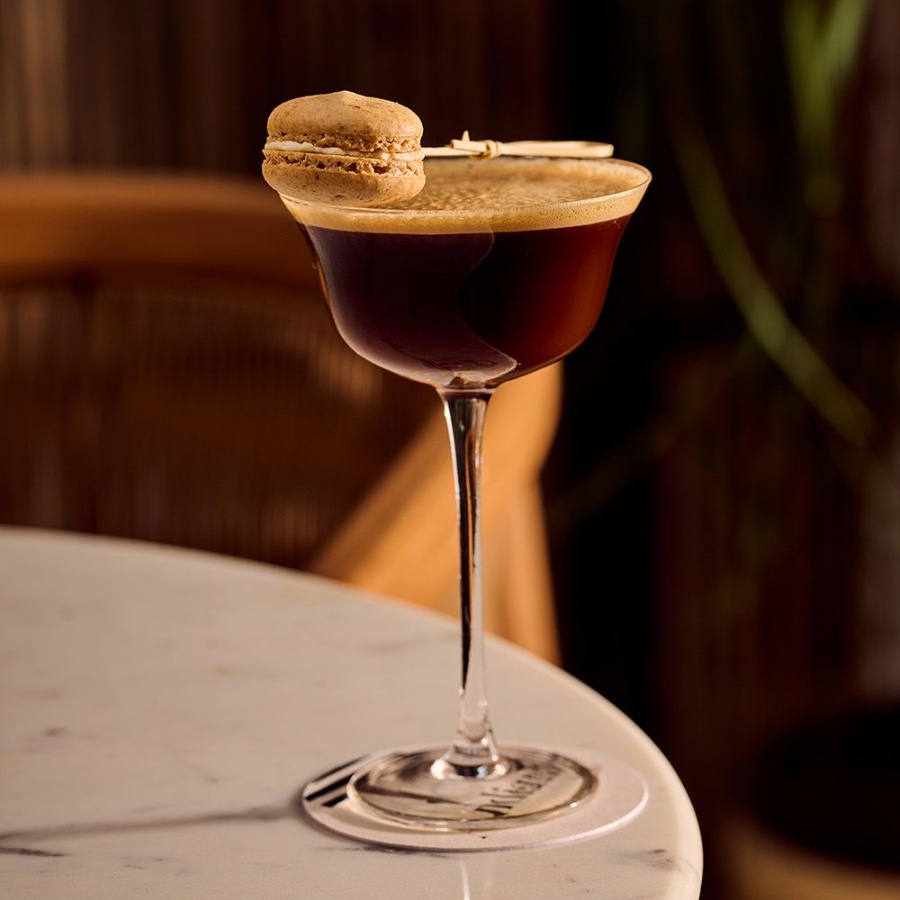The Boalum lamp remains Italian architect and designer Gianfranco Frattini’s defining legacy, slithering across his 50-year-long career and even beyond his death. But it wasn’t the one that launched him as a bright new lighting designer. That was Model 597, released in 1961, debuting almost a decade earlier when the mid-century modern aesthetic was at its peak. Featuring a nylon fringe hanging from an aluminium cover, screening an array of lateral bulbs emitting 360 degrees of indirect light, it was inspired by the fringed curtains seen in Italian bars in the 1950s. It was also an early example of Frattini’s focus on the “fifth elevation”—the ceiling—and his ethos of total design.
Minimal yet arresting (and still in production), the Model 597 made an appearance in Mumbai last month, sitting coyly next to beige bubble couches at Scandinavian design house Gubi’s booth at India Design ID Mumbai. Like the svelte bar crooner with top billing, it got its fair share of attention, but it was far from the only one.
As anyone who walked into Jio Gardens that weekend can attest, big design houses unveiling their new collections seemed to narrow in on lights to spotlight their showcase. There were jujubes-like wall lights from French brand YMER&MALTA to amoeba-shaped stone lights from Indian design brand, Abner, and it seemed all around, the most arresting design pieces were lamps, chandeliers, pendants, totem poles, and collectible objects that glowed from within, in every possible material from leather, brass and marble to wicker, ceramic, papier-mâché and concrete.















